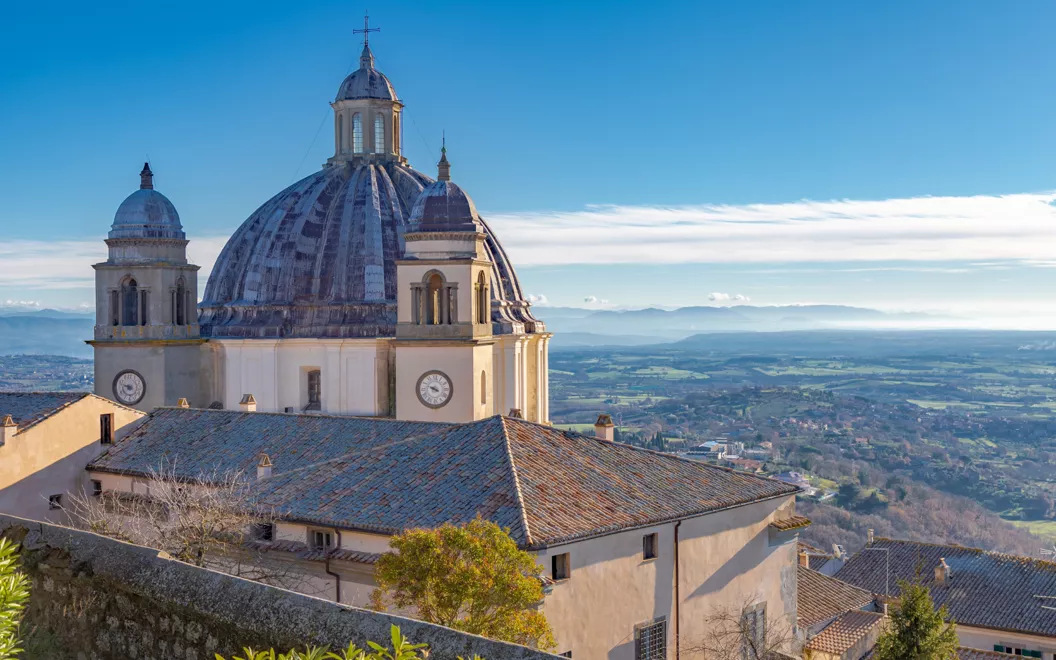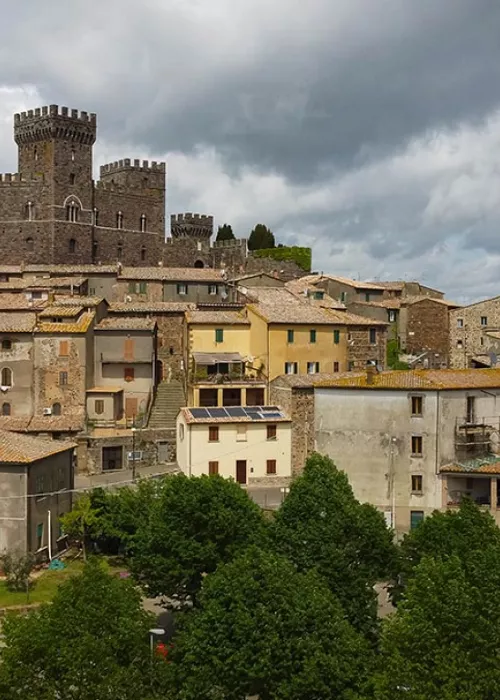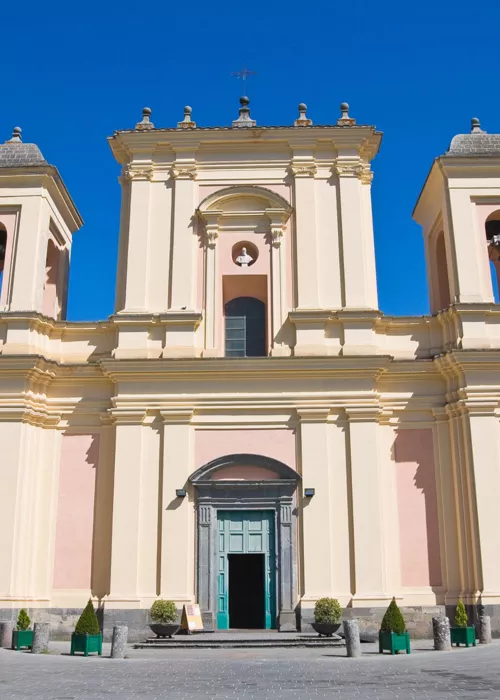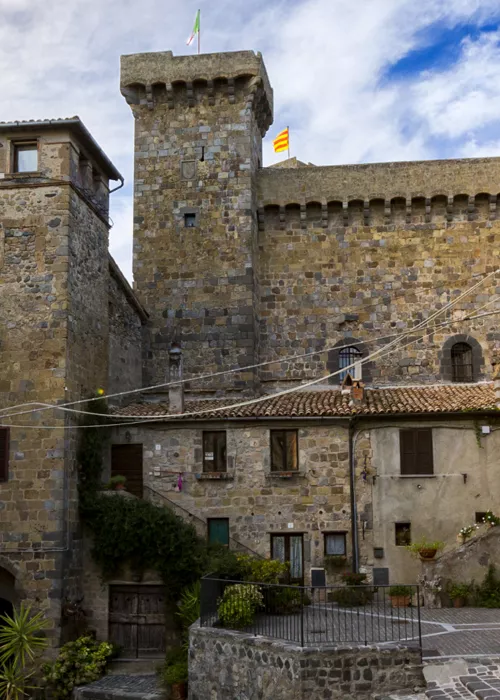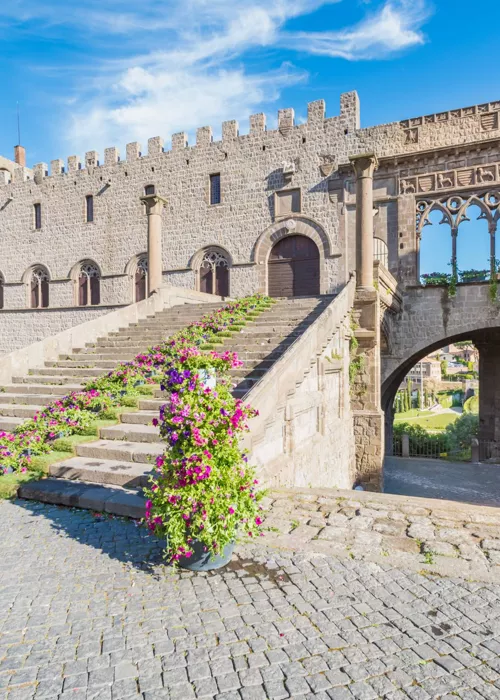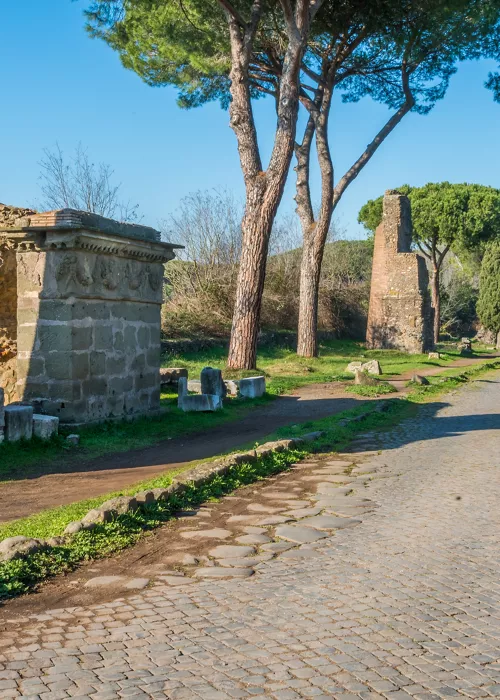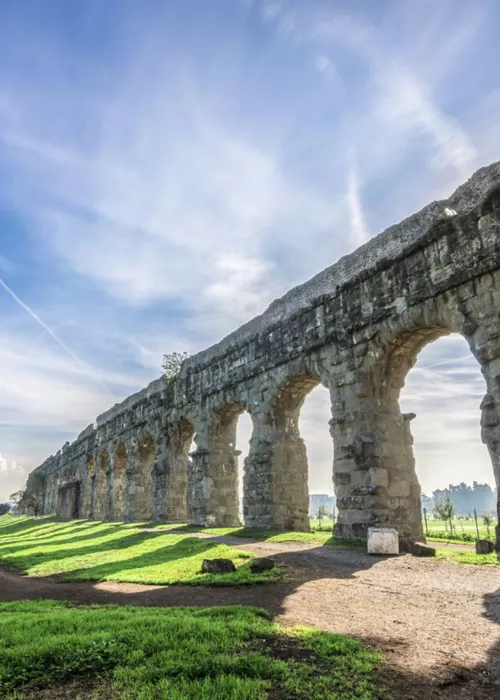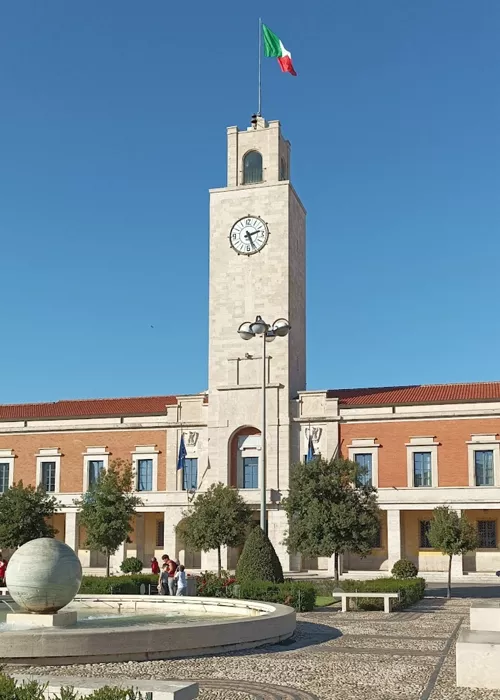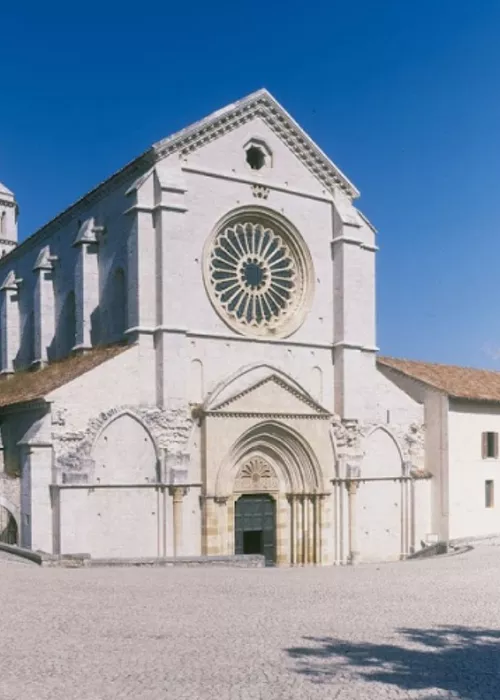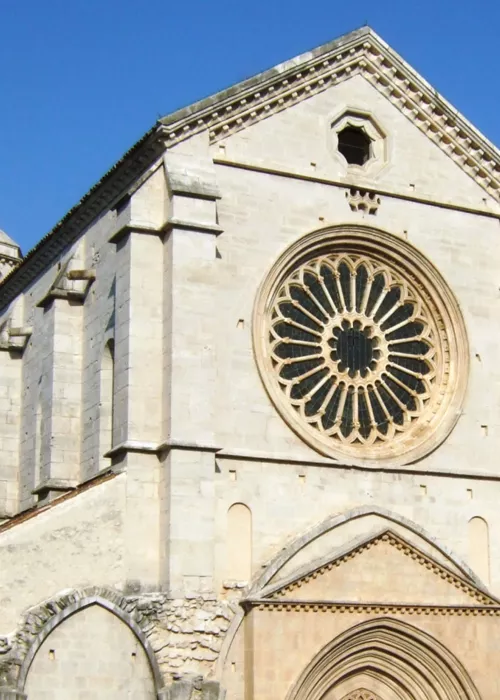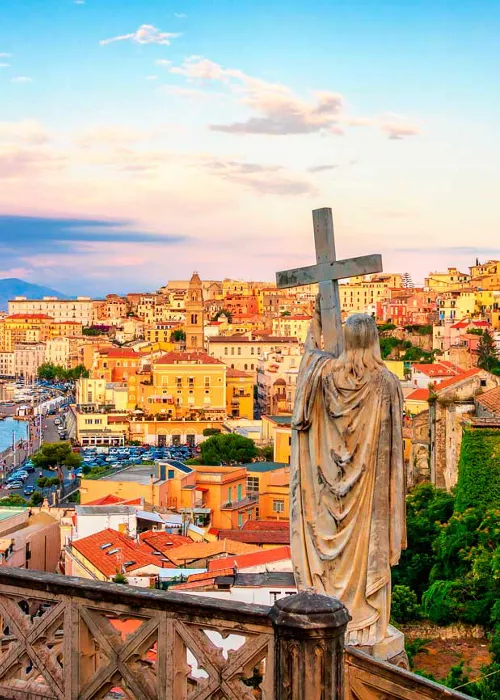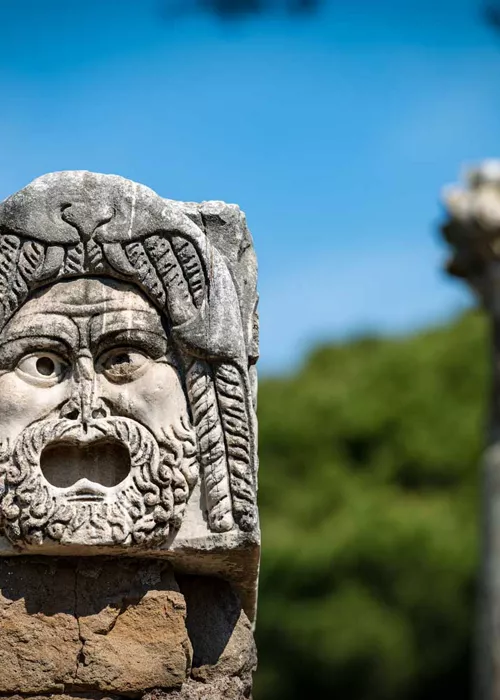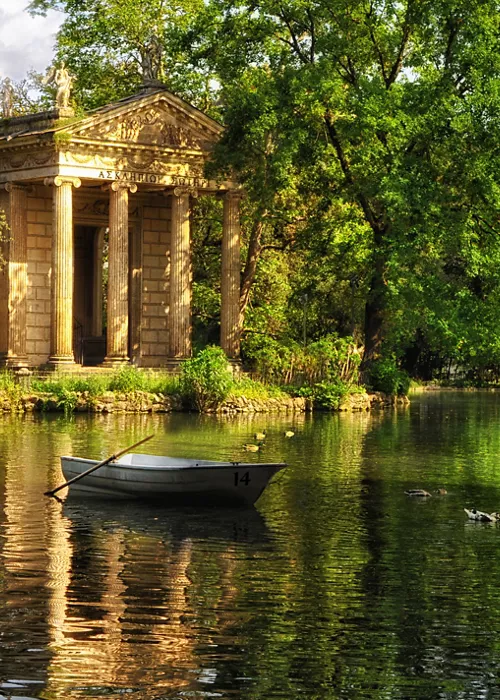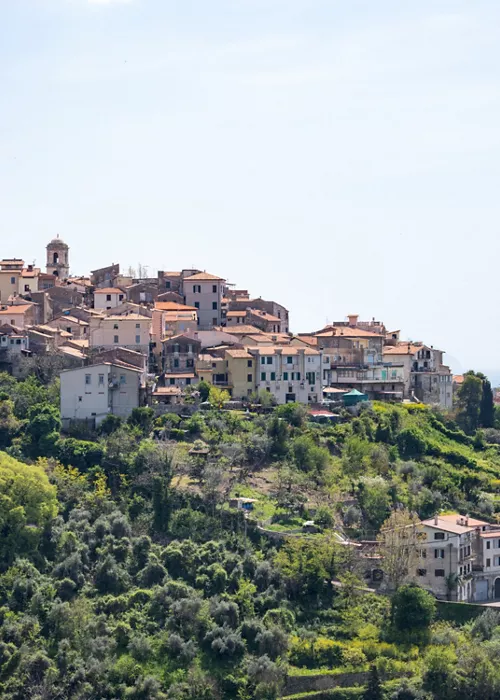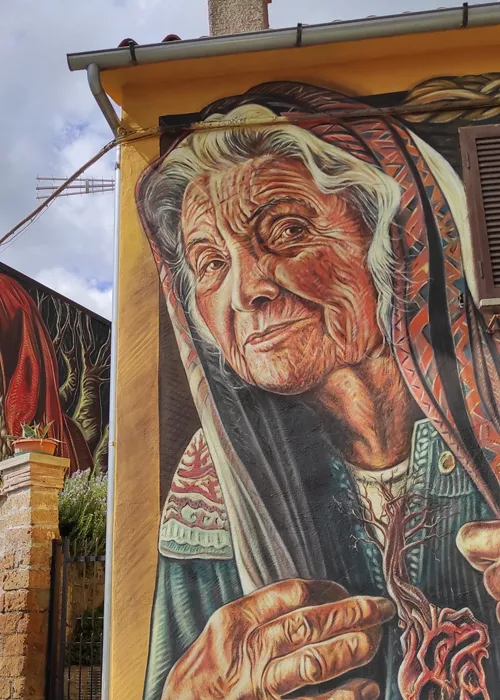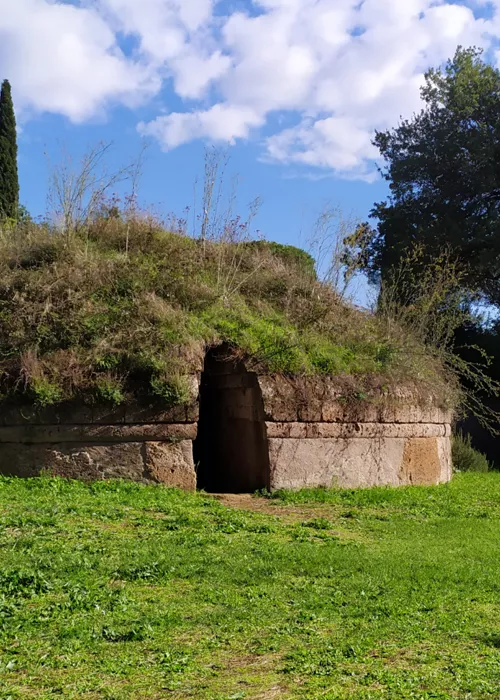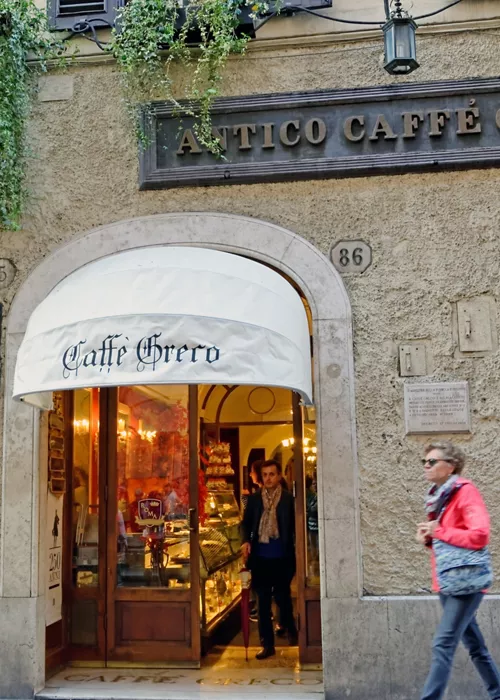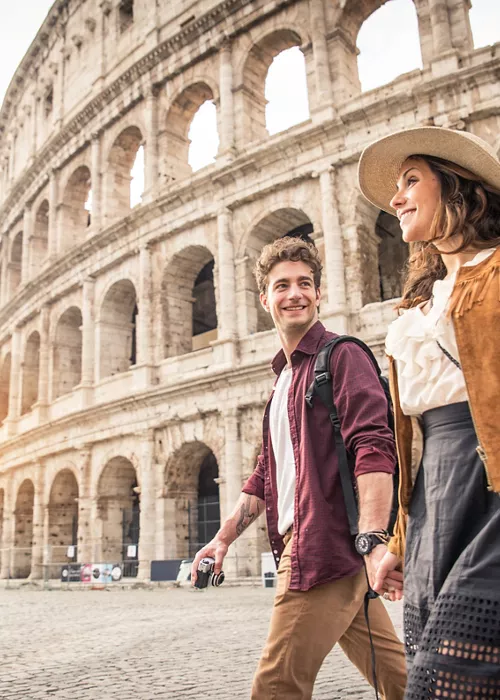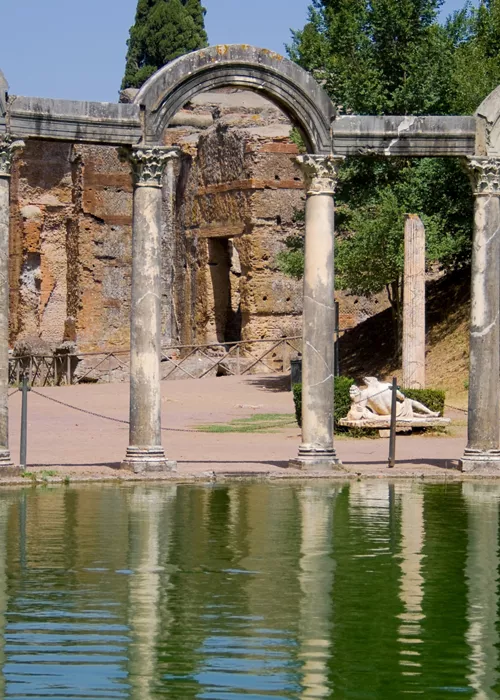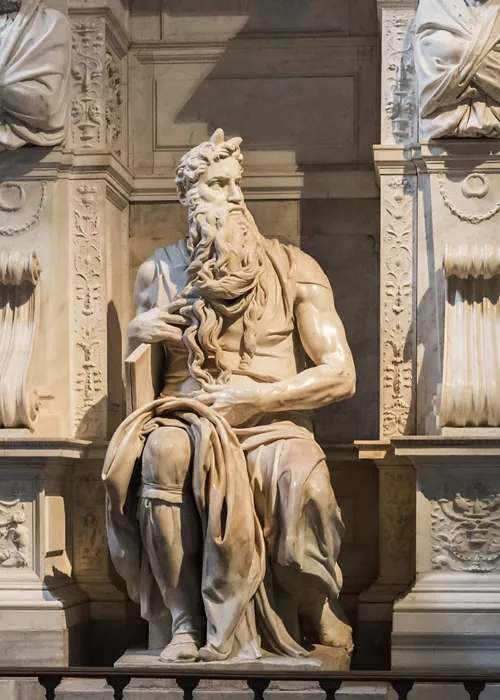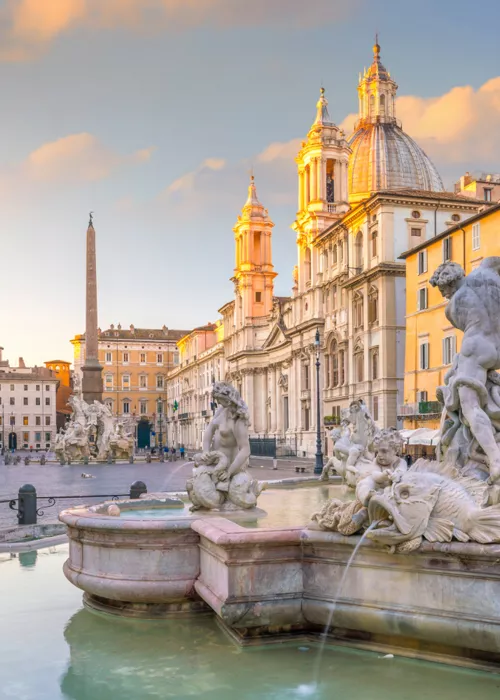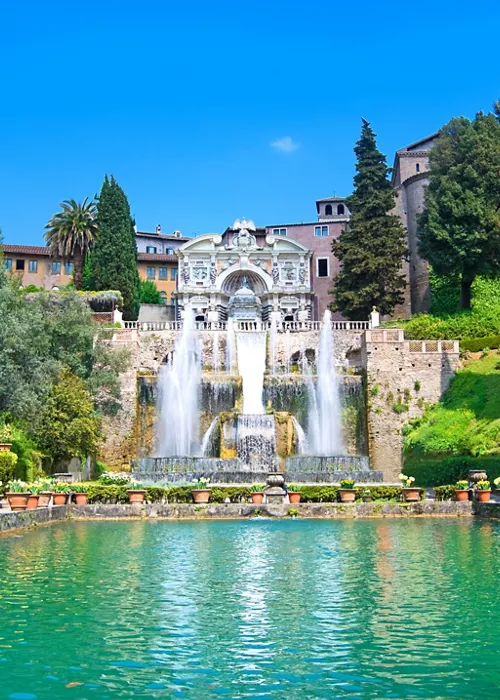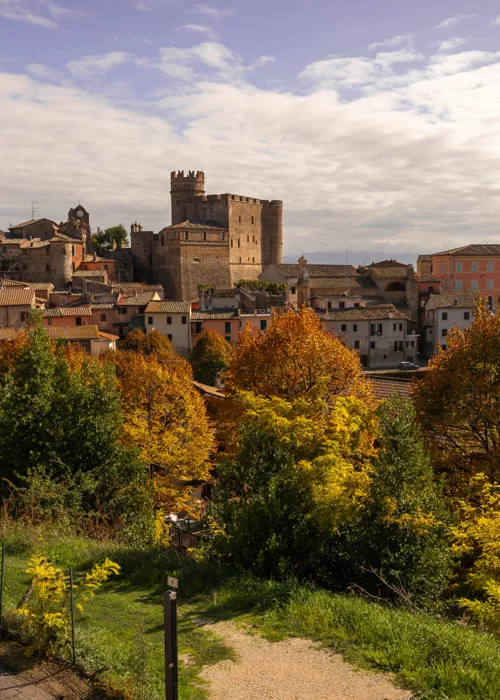The Via Francigena Lazio, more than just Rome
2 minutes
Rome is undoubtedly the central point of the Via Francigena, but the area around Latium traversed by pilgrims is full of lesser-known but equally fascinating places. Between nature, art, architecture and spirituality, here are five that are absolutely worth getting to know.
Acquapendente Cathedral, dedicated to the Holy Sepulchre
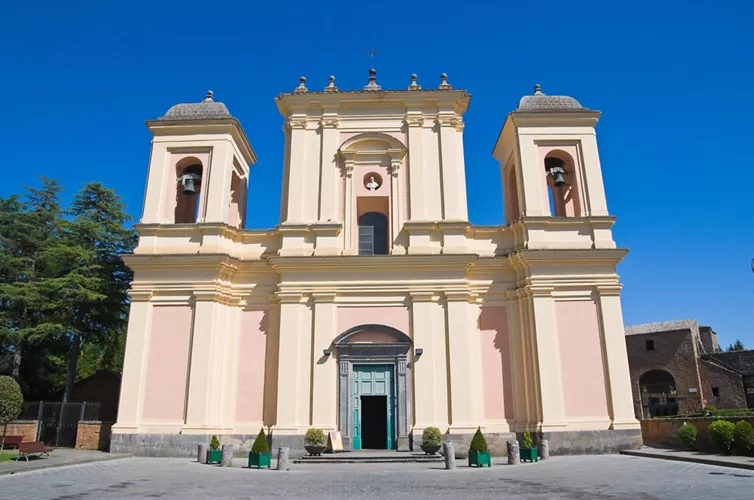
A mediaeval settlement in Viterbo counted among the most beautiful villages in Italy, Torre Alfina, a village of Acquapendente on the Tuscan border, preserves very ancient churches. The most significant is Acquapendente Cathedral, with the precious Romanesque crypt with twenty-four columns identical to that of Jerusalem, and where, according to tradition, the stones with the blood of Christ brought by the crusaders on their return from the Holy Land are kept.
Lake Bolsena
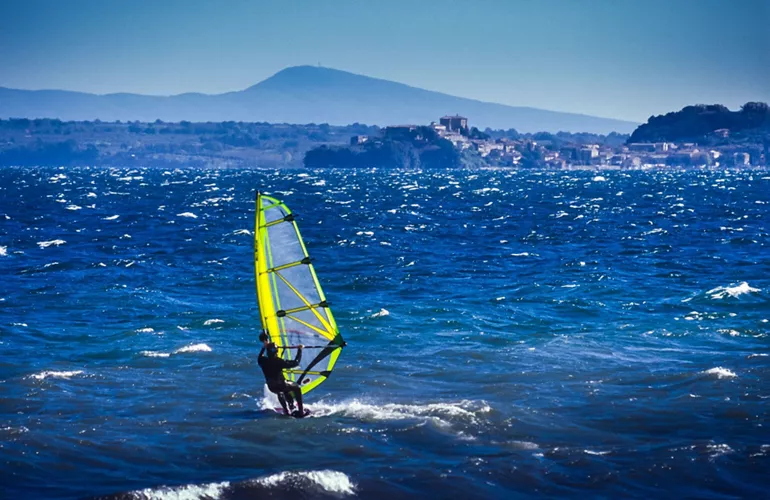
The largest Lazio volcanic basin, with the verdant Bisentina and Martana islands rich in ancient remains, is famous for its eels, as Dante also mentions in the Divine Comedy. They were caught in a typical boat, now used for tourist excursions, which allows you to reach the most hidden corners between the vegetation and the reeds. You can also go sailing and windsurfing, as well as enjoying the cycling routes. This is also where you can find the 19th-century Sentiero dei Briganti ("Highwayman's Path"), tracing their ancient footsteps.
Viterbo: the Palace of the Popes and the Cava di Sant'Antonio
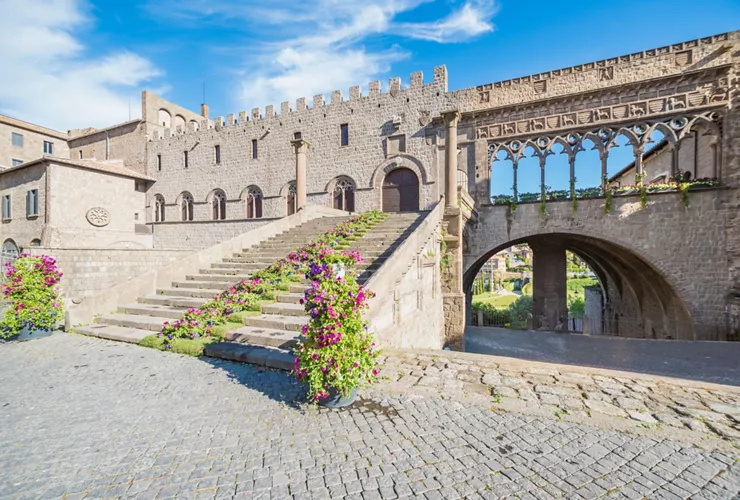
Close to the Monti Cimini ("Cimini Hills"), the beautiful city of art boasts archaeological sites and Renaissance palaces of great value among the winding streets of the historic centre. Among these, the thirteenth-century Papal Palace stands out on the hill of San Lorenzo, with the arched loggia that leads to the Hall of the Conclave, site of historic papal elections. Also not to be missed is the mysterious Cava di Sant'Antonio, an evocative Etruscan path in the subsoil excavated in the tuff between very high walls shrouded in penumbra.
The Aqueduct Park on the Appian Way
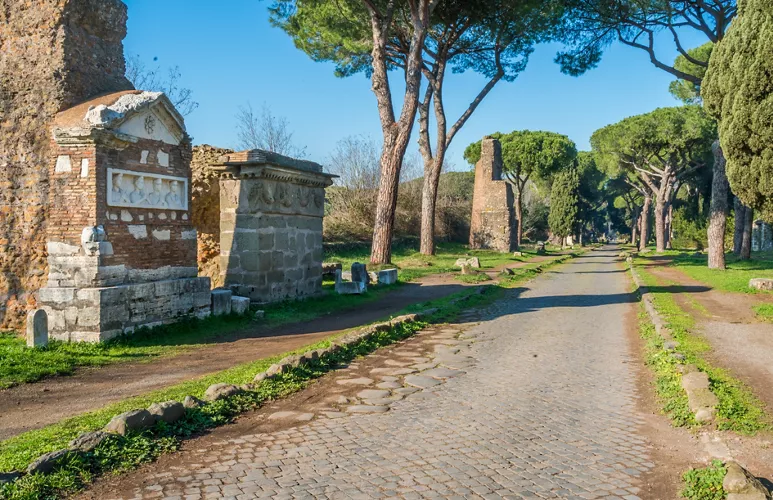
It is a green lung that is part of the suburban Appian Way Regional Park, in the area that was the fundamental crossroads of the water network of ancient Rome, of which the imposing remains of six of the eleven famous structures still remain. To these is added the Renaissance Acqua Felice aqueduct, still used for irrigation, which also feeds a pond, a watercourse and a waterfall. The water and landscape restoration of the Acqua Mariana water channel is also currently underway.
Fossanova Abbey
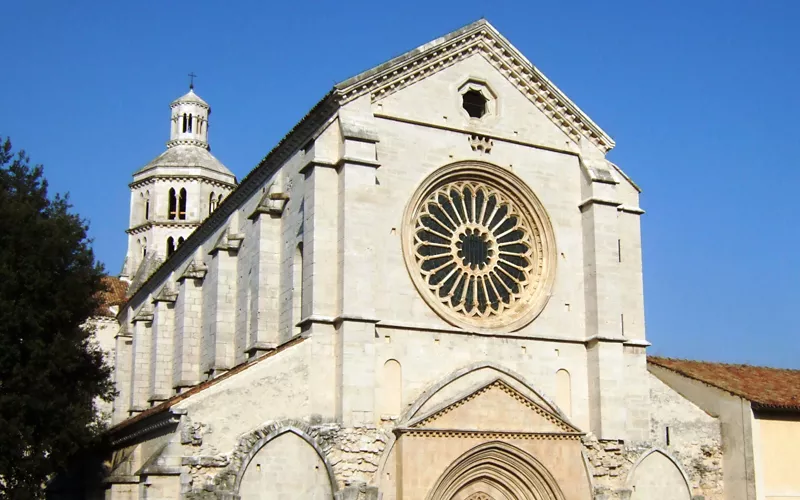
The spectacular Cistercian monastic complex in the province of Latina was born as a very small country village, including a church, convent, infirmary, stable and hospice for pilgrims, all still in perfect condition. It boasts a white façade with a huge rose window, very bright interiors and a cloister with columns and finely crafted capitals, a chapter house and a refectory, as well as the room that housed Saint Thomas Aquinas in the last days of his life. Thanks to the perfect acoustics, the Pontine Music Festival is held here every summer.

